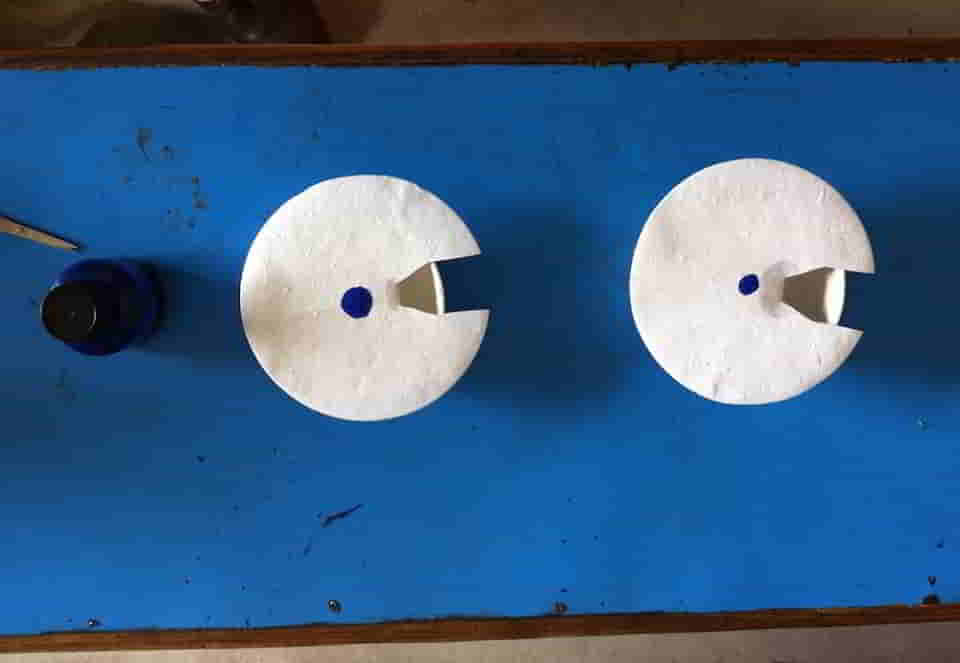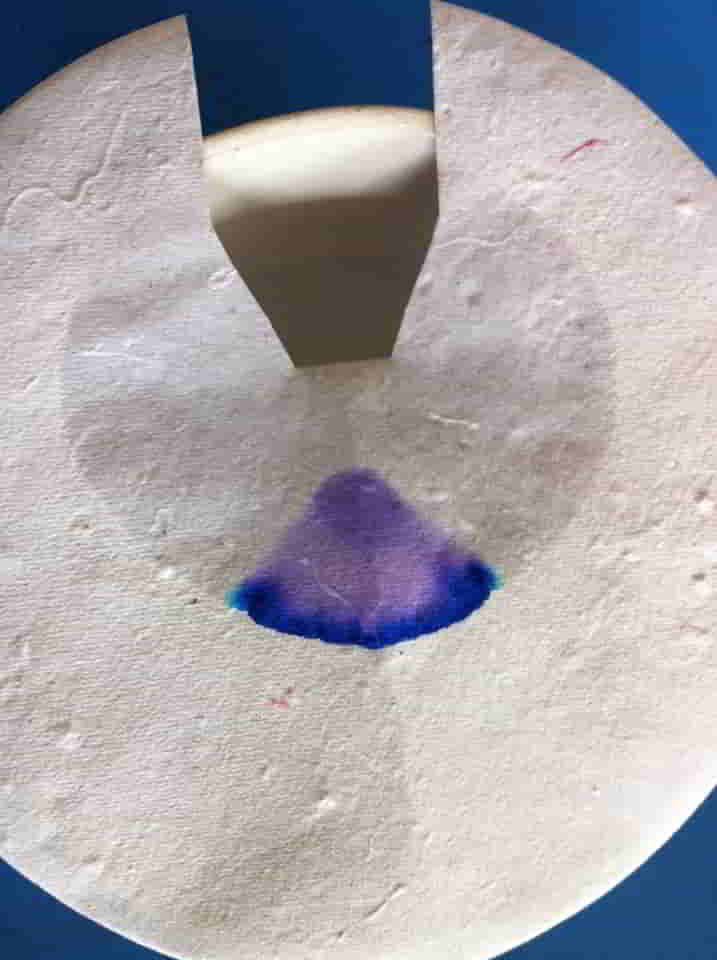Since the beginning of 2018 I have been working with science teachers in Nepal a little here and a little there. It all started with a three-hour long workshops every Friday for seven weeks. They were followed by school visits that Spring and Summer to four schools — three private and one public.
The most expensive and reputable of the three private schools had a SINGLE science lab for the whole secondary school, grades 7-10. The teachers at the other two private schools didn’t even mention a lab, so I doubt they had one.
The public school had a small room kitted out with a long table in the middle and cupboards next to the walls containing random instruments and chemicals. No chairs, no faucets, no Bunsen Burners, nothing really to make the room pass for a science laboratory.
The science teacher at the private school with a laboratory was able to have her students conduct some simple experiments, like making a super saturated solution of copper sulfate and observe the re-crystallization of the salt. Often, she was stuck just performing demonstrations from time to time. Forget about students planning and executing an investigations and filing a laboratory report afterwards containing analysis of data, conclusions drawn from results, and evaluations of the results and the investigation, something that I had my students do routinely.
So, at the schools, I tried my best to introduce small changes to the way the teacher taught. One of them was to help them make the lessons more interactive and hands-on using what they had or could easily get a hold of. At the public school, for instance, one of the lessons we planned together, we got the students to make models of atoms using themselves are electrons to help the students get a clearer picture of the structures of atoms of elements in the periodic table.
When we came to the topic of mixtures, of course, they didn’t have any chromatography paper nor did they have gas jars to do any experiment about it (which as a secondary student at St. Xavier’s in the eighties I did). (We also had just ONE lab for the whole secondary school, but our science teachers, both of them North-Americans, had us perform a number of different experiments.)
I suggested to the teacher that we at least demonstrate chromatography using filter paper and evaporating dish and that’s what we did. Here’s the setup.

And here’s the result after some time.

Once again, to reiterate something I have said before, how and what a teacher uses as a teaching tool or resource is really limited only by the teacher’s imagination, really!
What do you think?
